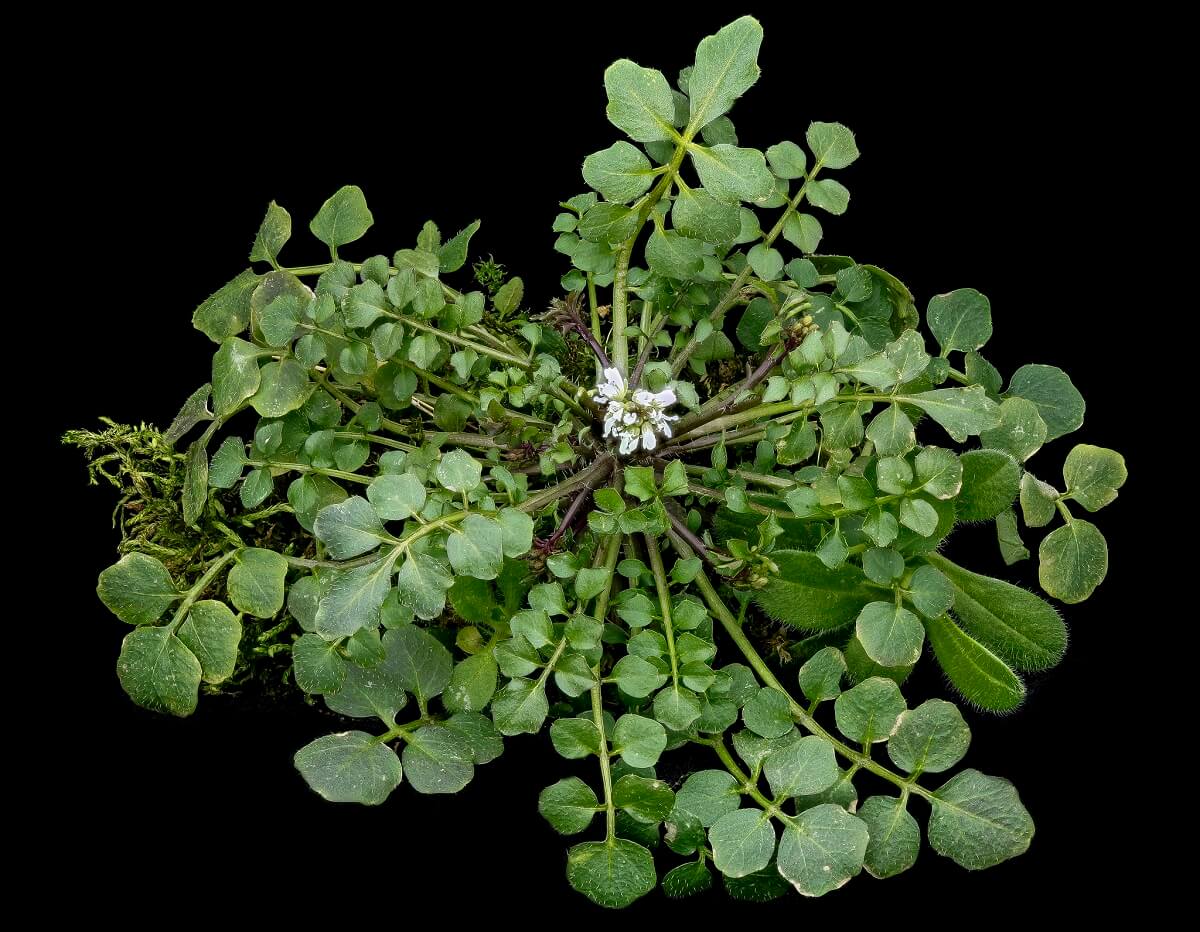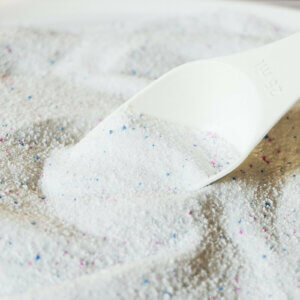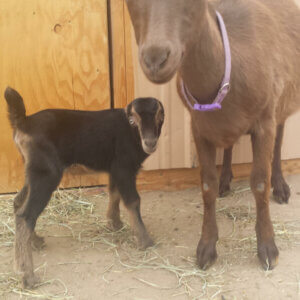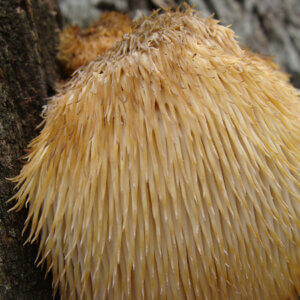Type: Annual or Biennial
Region: Most of the Northern Hemisphere, including Great Britain
Used For: Food
Few things embody the spirit of spring like getting outside, taking a deep breath, and getting your hands dirty in the damp earth of a garden.
But wait! You’re not the first one to get started. No matter how early you are able to till up the ground in your tomato beds, a few wild plants have beat you to the punch, filling up your garden spaces with their own free, leafy anarchy. And none, it seems, are more persistent and pervasive than the small but mighty hairy bittercress.

Though it is a small plant, any gardener who has faced off with this weed knows that hairy bittercress is a formidable opponent. They grow in recently disturbed soil, open ground, waste places, lawns, and greenhouses … so they’re basically everywhere that you might want to be planting things!
If allowed to mature, the seeds propagate themselves by explosively flinging themselves from the pod, sometimes up to a yard away. You may never be rid of its feathery little rosettes of leaves, but after tasting it, you may not want to be!
Just be aware that you might want to forage for it with some glasses on—those seeds are nothing to be trifled with. When the seed pods are ripe, they can explode in all directions!
While you may be inclined to attack them with tiller and spade, ripping them from the ground for their invasive impertinence, I challenge you to take a closer look. That airy rosette of leaves and tiny white flowers may very well be your first harvest from your garden this year, months before those succulent zucchinis and glossy eggplants make it to the kitchen.
Identifying Hairy Bittercress
This itsy-bitsy member of the mustard and cabbage family sports a tiny, four-petaled white flower. The leaves along the flower stalk look very different from the leaves that ring the base of the plant, so be sure to take the time to familiarize yourself with photos of the plant before you eat it with certainty.
Though you might be able to chew on the flower stems, the leaves are the best eating on this weed. The best time to collect them is in early spring or late fall, when the leaves are more tender and the plant hasn’t spent all its energy creating its flowers and crazy projecting seeds.
I have found that it is easiest to pull them from the ground whole, knock all the soil off their rather shallow roots, then separate the tasty spray of leaves from the rest of the plant on the spot. You can then quickly give them a rinse in a colander once you get back to the kitchen to make sure there’s no clinging dirt and presto! You have a ready-to-eat green that will do well both cooked or raw.
Benefits Of Hairy Bittercress
Despite the flavor its name implies, this member of the mustard family produces delicate little leaflets that are peppery and not at all bitter. I like using them fresh as a flavor burst in fresh salads or tucked away in a pita or sandwich.

They add lots of visual interest to a plate and are loaded with vitamin C and sulfur. Chances are, if you have a garden, you’ll be finding this plant, so I hope it’s a comfort to know that your weeding battles in the field can result in a vitamin-filled consolation dinner.
Wild Green Pesto
Now that you’ve collected them from your newly cleared garden beds, what’s a really easy way to use all these wonderful greens? A pesto, of course! This easiest of recipes can be made in about 10 minutes and is really versatile. You can add pesto to any pasta, of course, but it is also delicious on eggs, toasted bread, or pita chips.

Ingredients
- 1/3 cup pine nuts or sunflower seeds, ground fine
- 2 large cloves garlic, minced
- 1/2 teaspoon fresh cracked black pepper
- 1/2 teaspoon sea salt
- 1/2 cup sunflower seed oil or olive oil
- Two big handfuls of early spring greens such as chickweed, hairy bittercress, dandelion, garlic mustard, ramps, wild spinach—washed thoroughly and chopped very fine
Directions
- Mix ground sunflower seeds, garlic, salt and pepper in a large bowl with enough oil that it sticks together.
- Add greens to nut-garlic mix and then slowly add as much oil as it takes to form a beautiful, silky paste that slightly flows when you tilt the bowl.
- Add additional salt and pepper to taste if needed.
And you’re done! I told you it was easy.
References
- Hairy Bittercress (Cardamine hirsuta) – Winter Medicine In Pennsylvania, Foraging Pittsburgh
- Hairy Bittercress, Healing Weeds
- Cardamine hirsuta – L., Plants For A Future
- Bittercress, a Nationwide Herb, Eat The Planet
- Useful Winter Weeds: Chickweed, Bittercress and Henbit, GrowVeg
- Hairy Bittercress, Natural Medicinal Herbs
- Bittercress A Warming Winter Weed, Julia’s Edible Weeds
- Hairy Bittercress Identified, The 3 Foragers









































